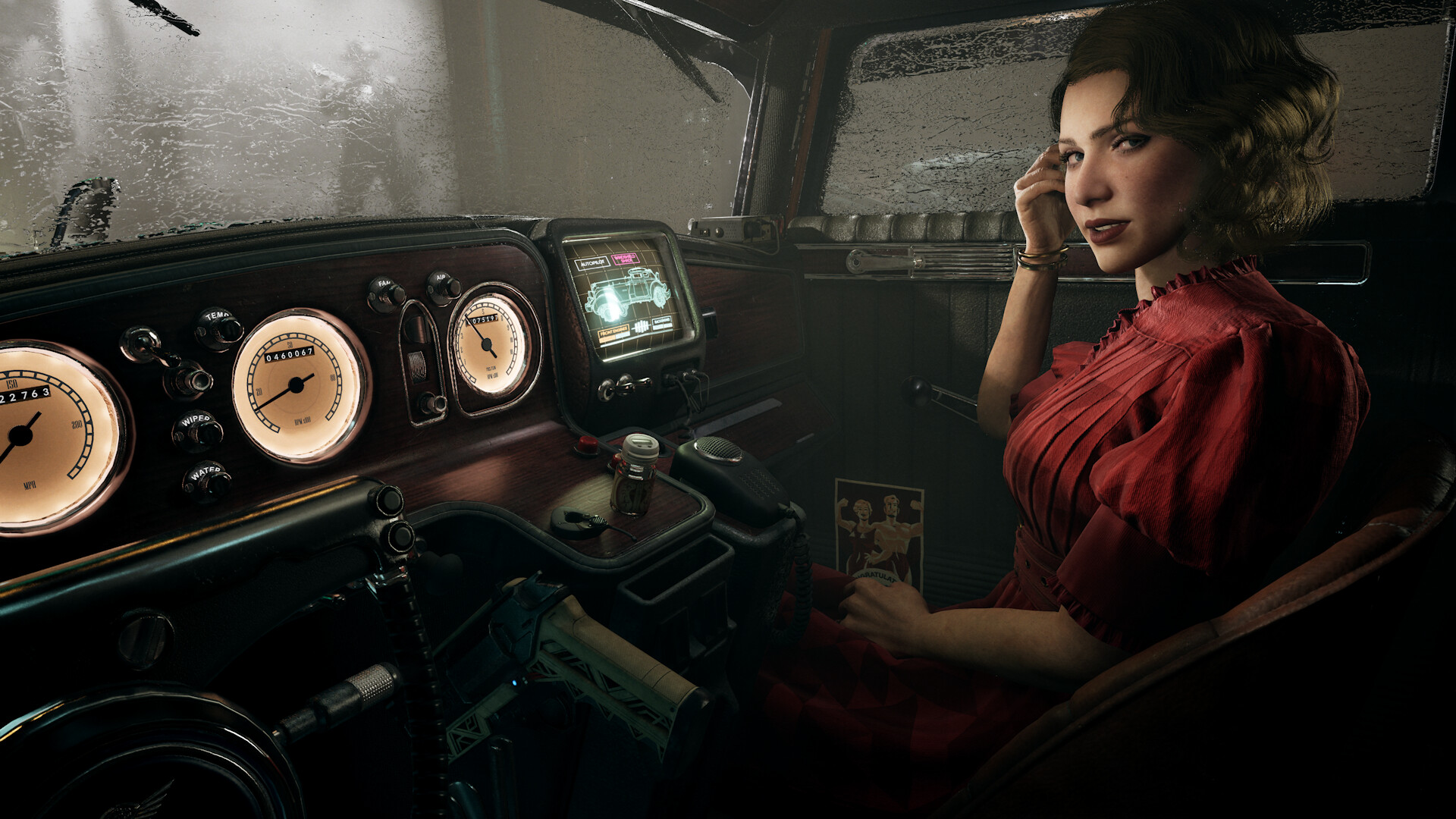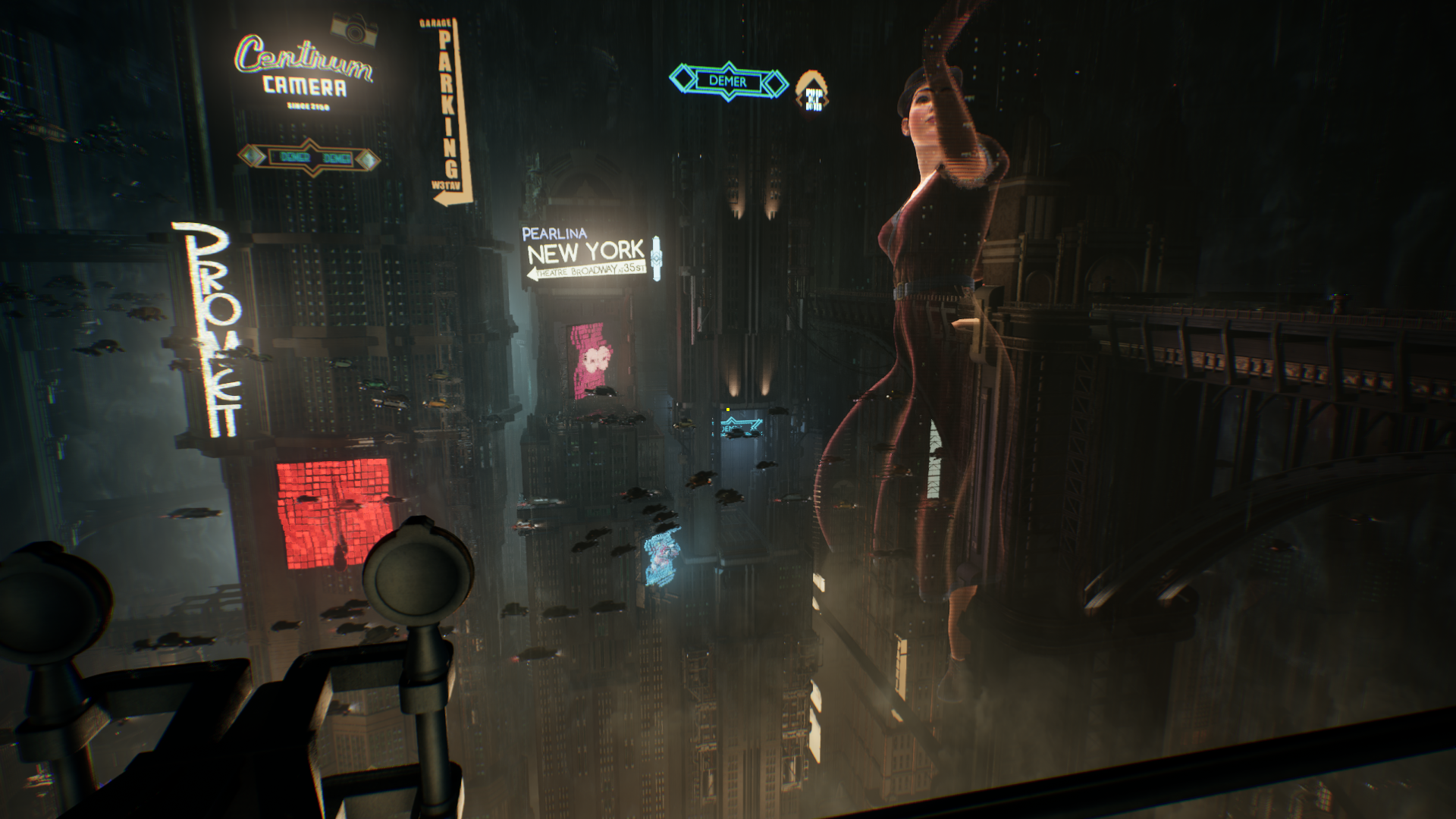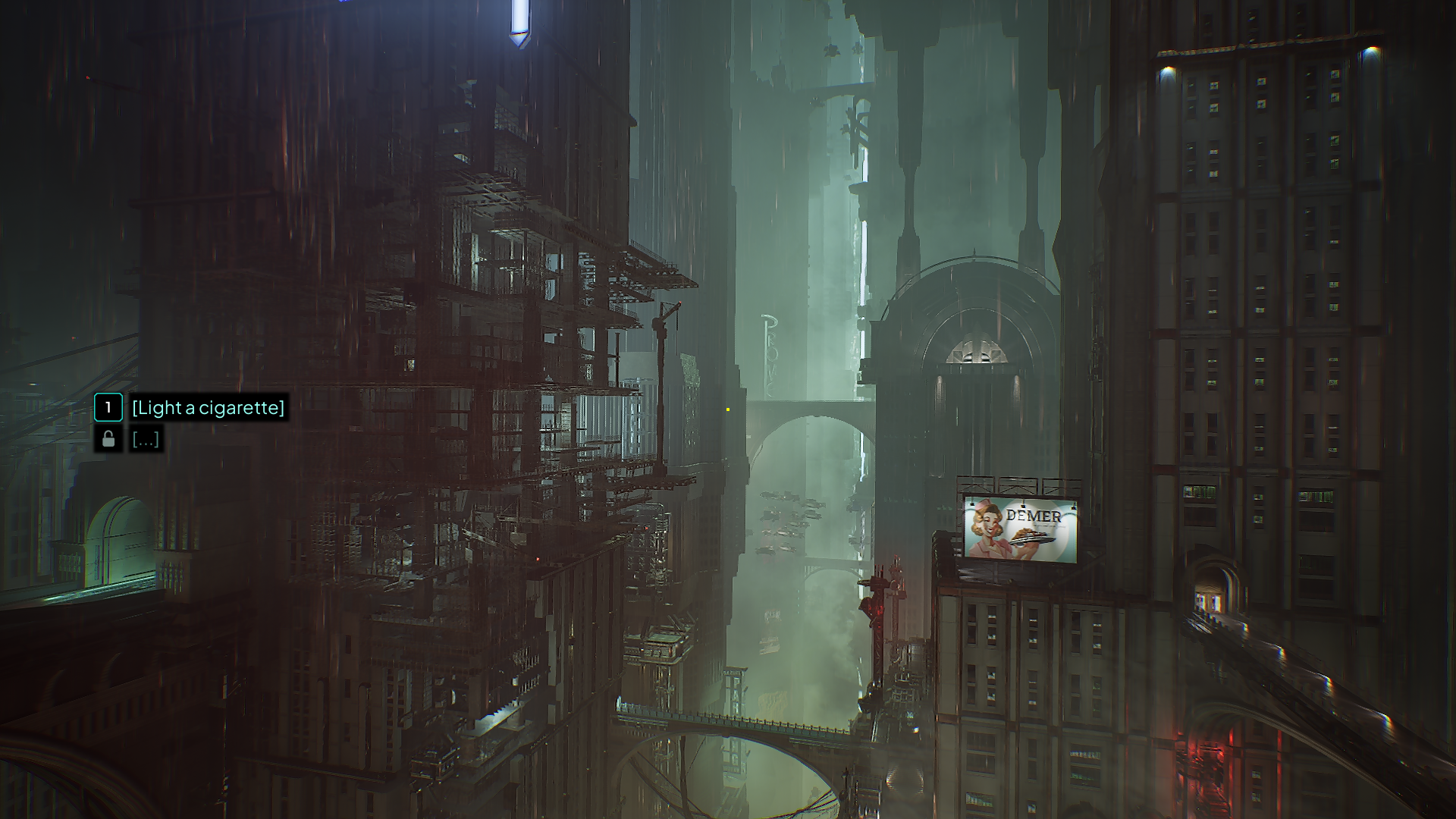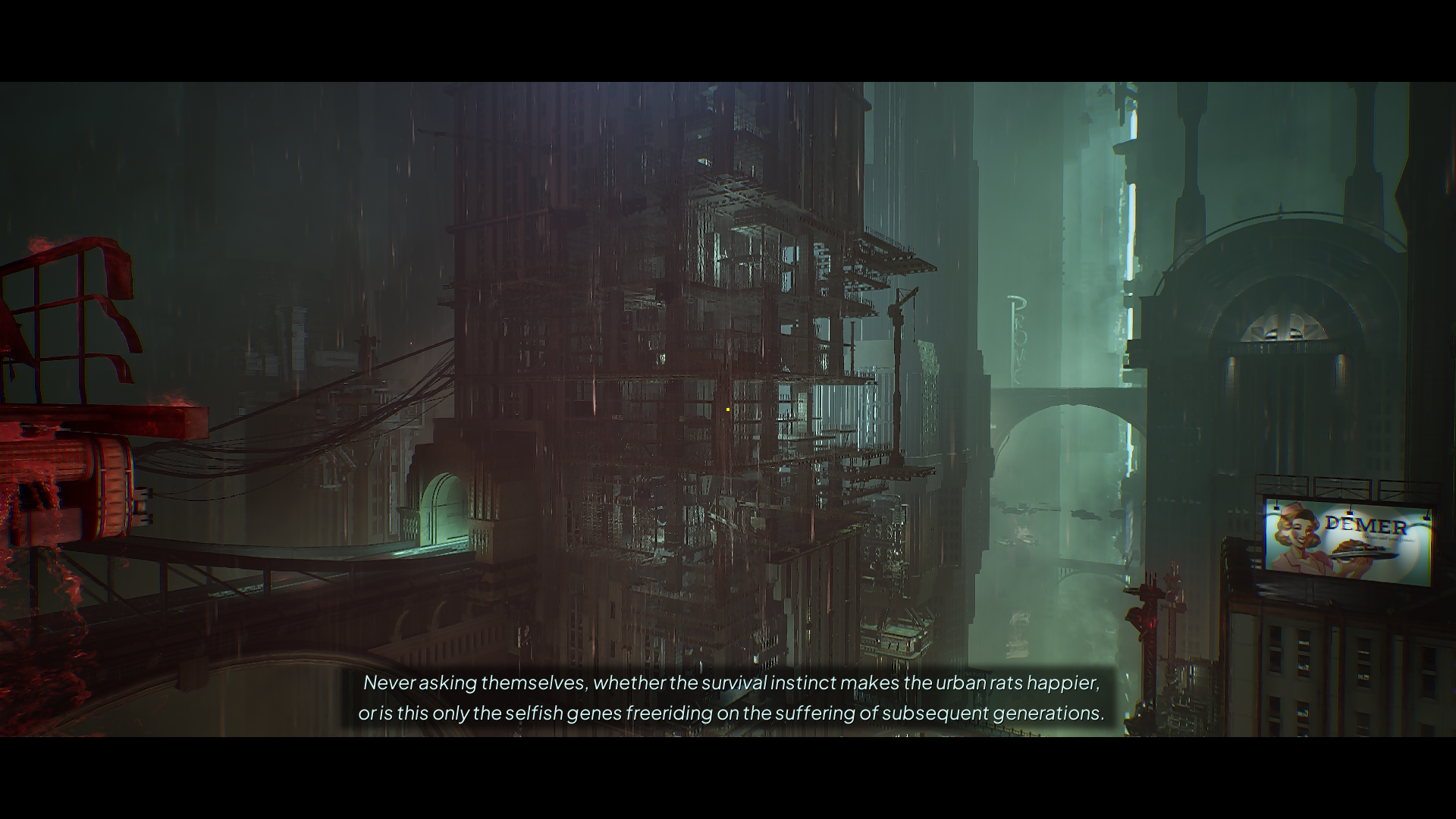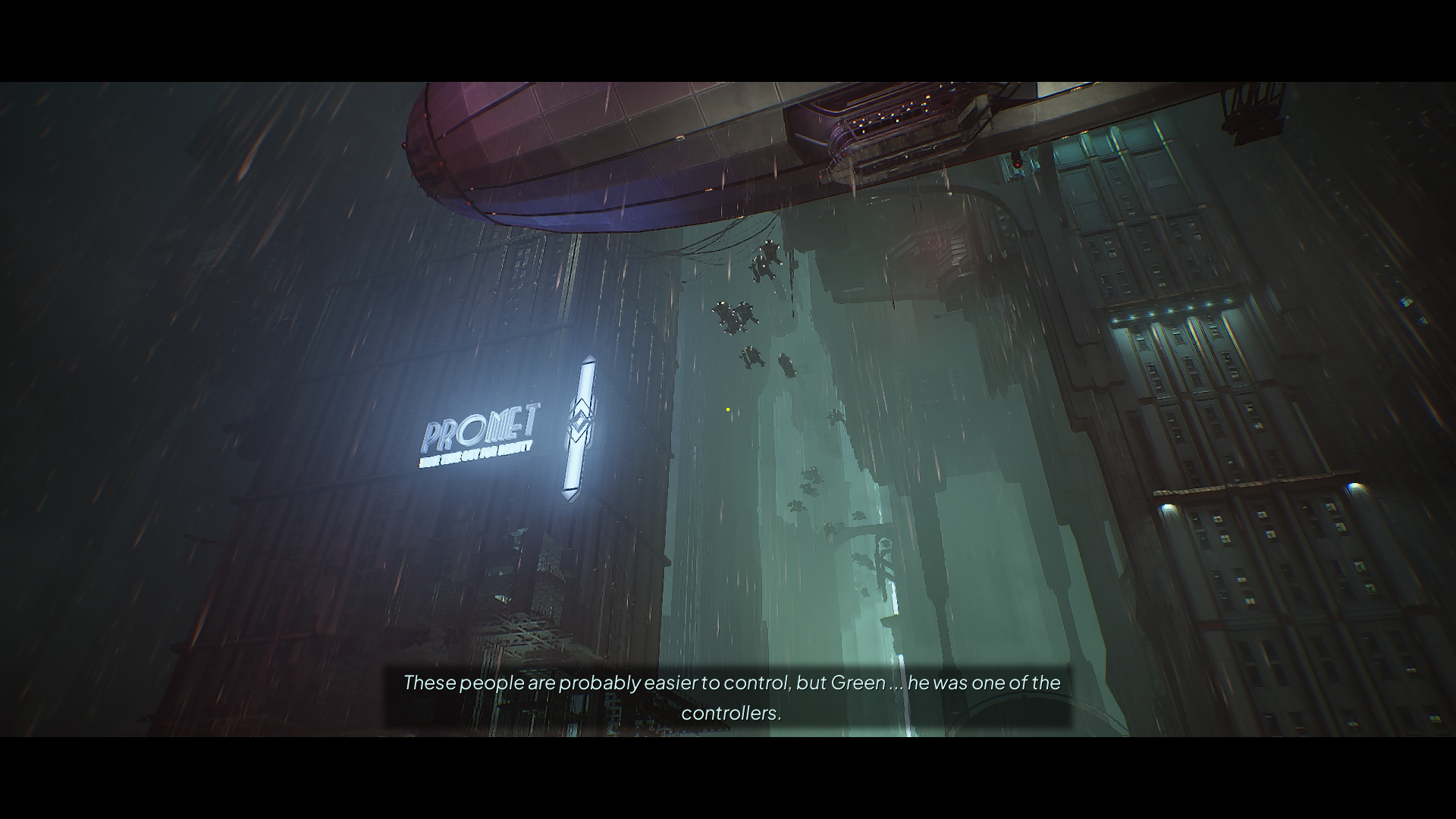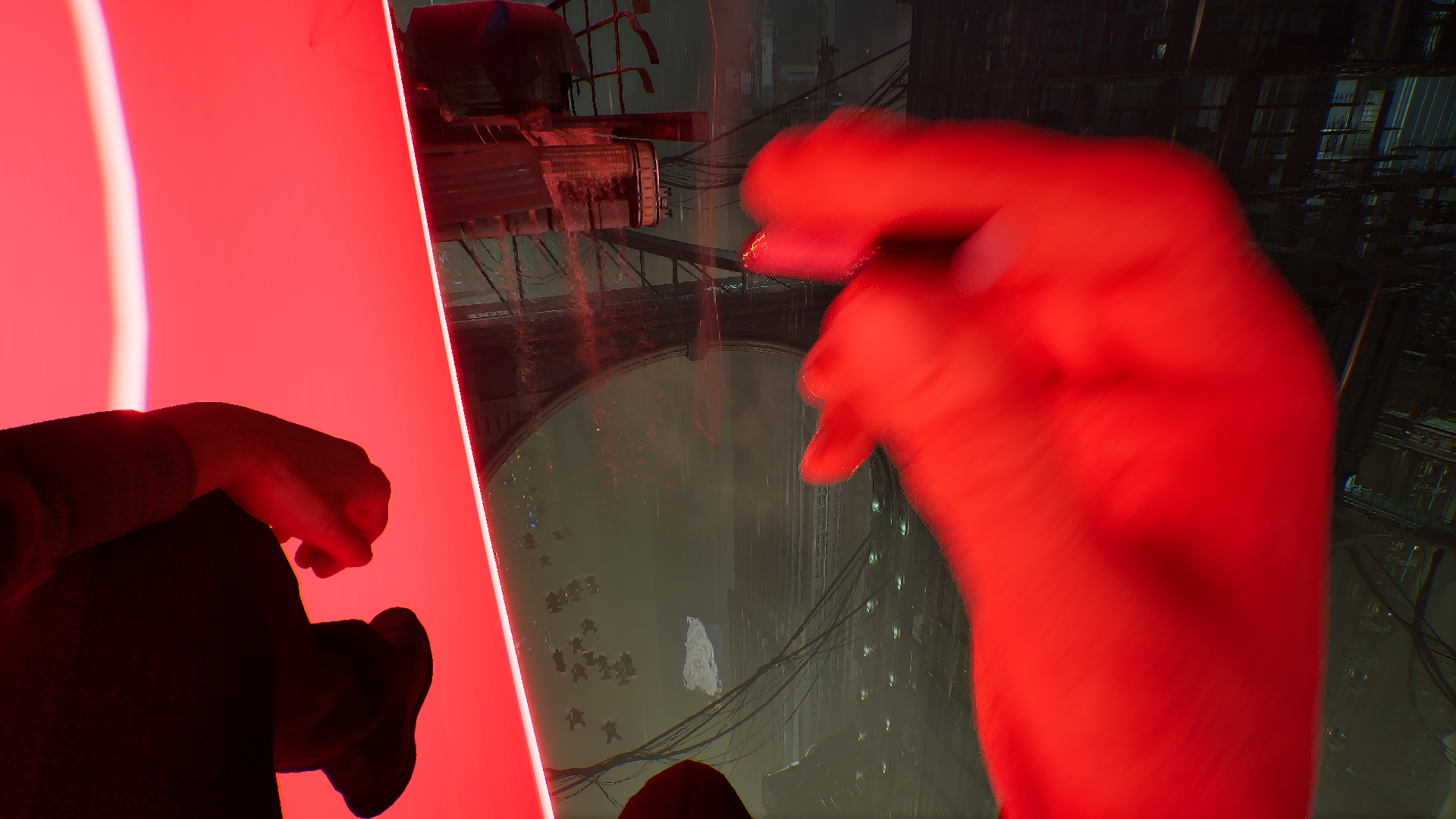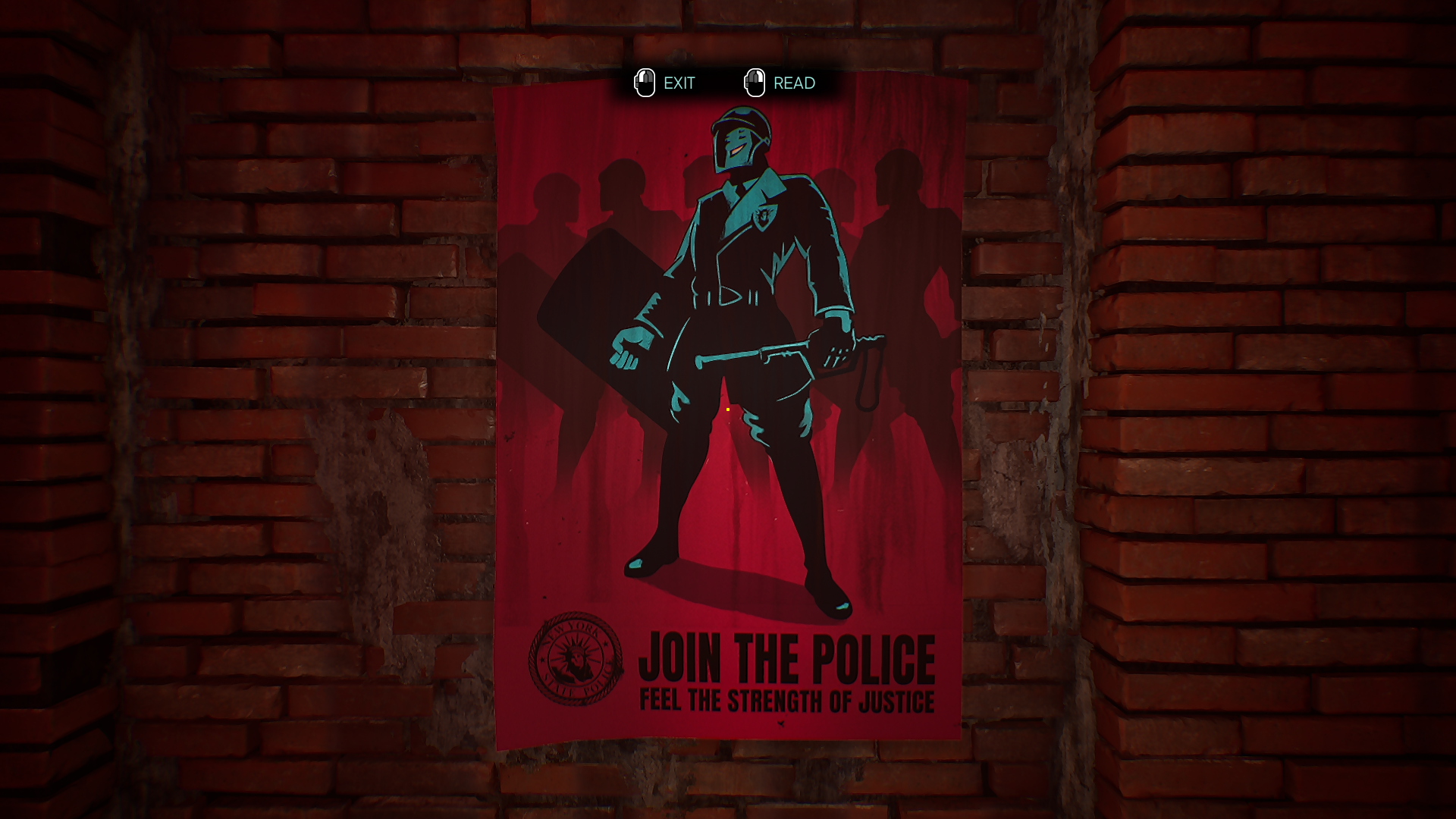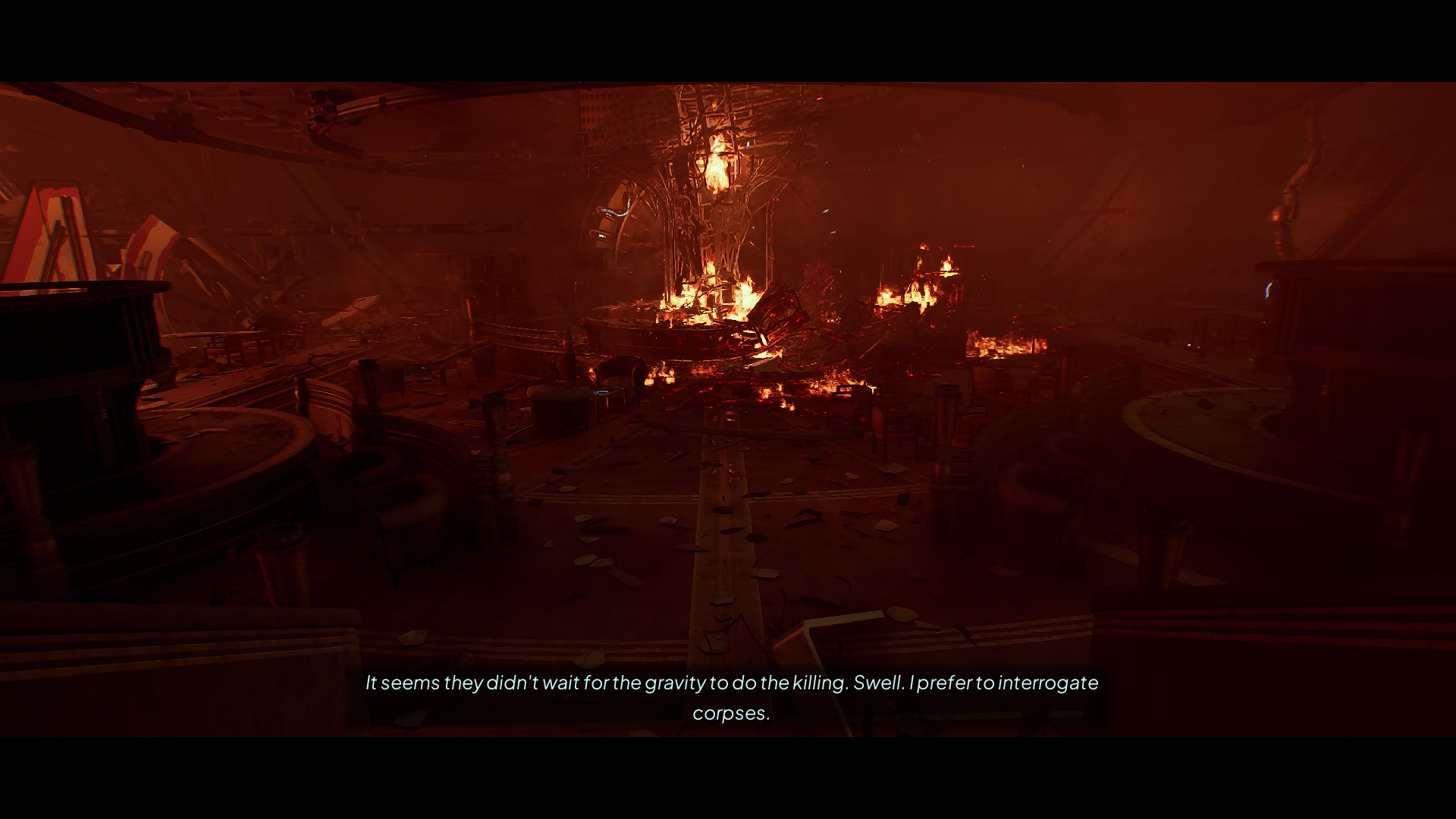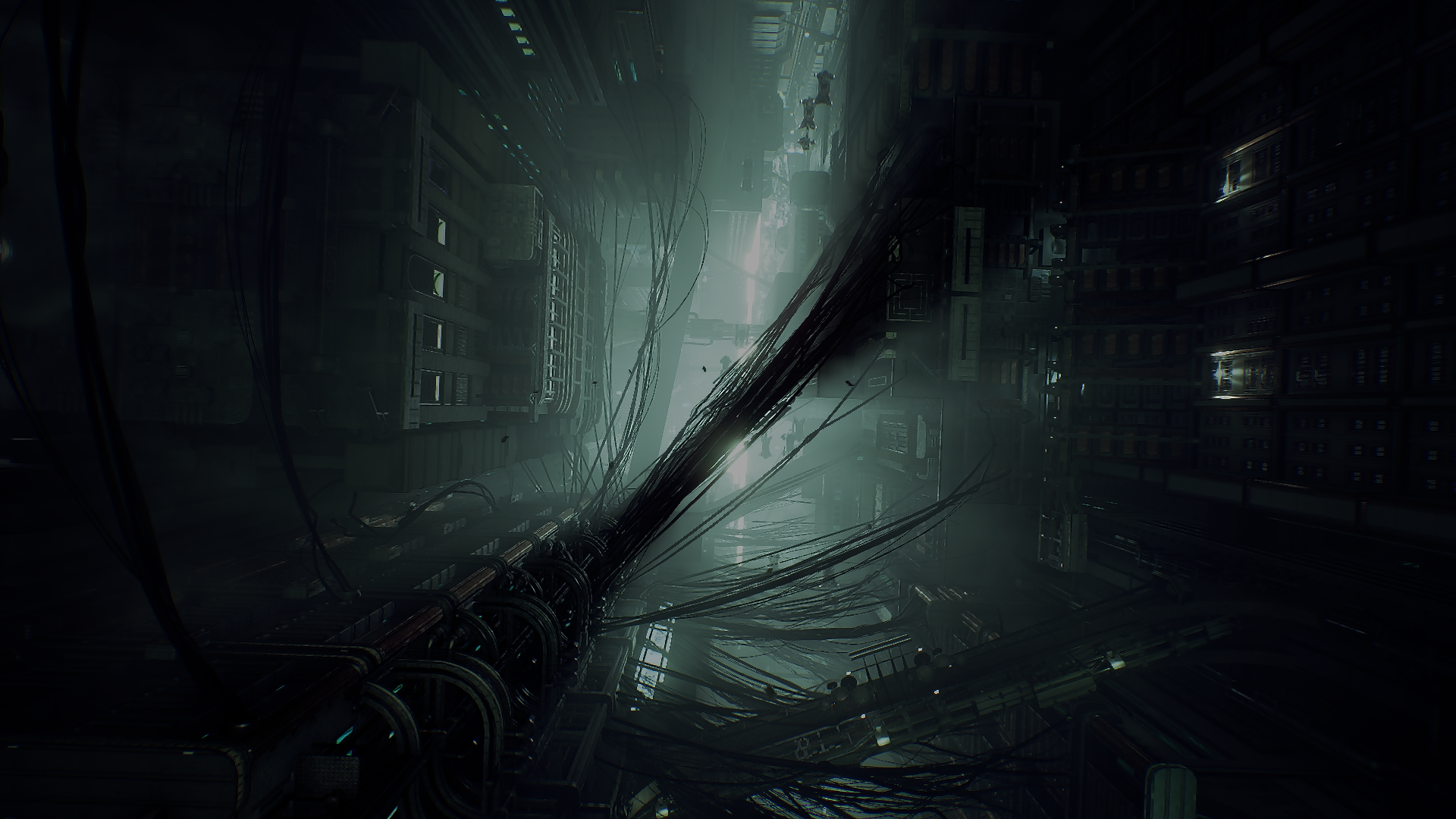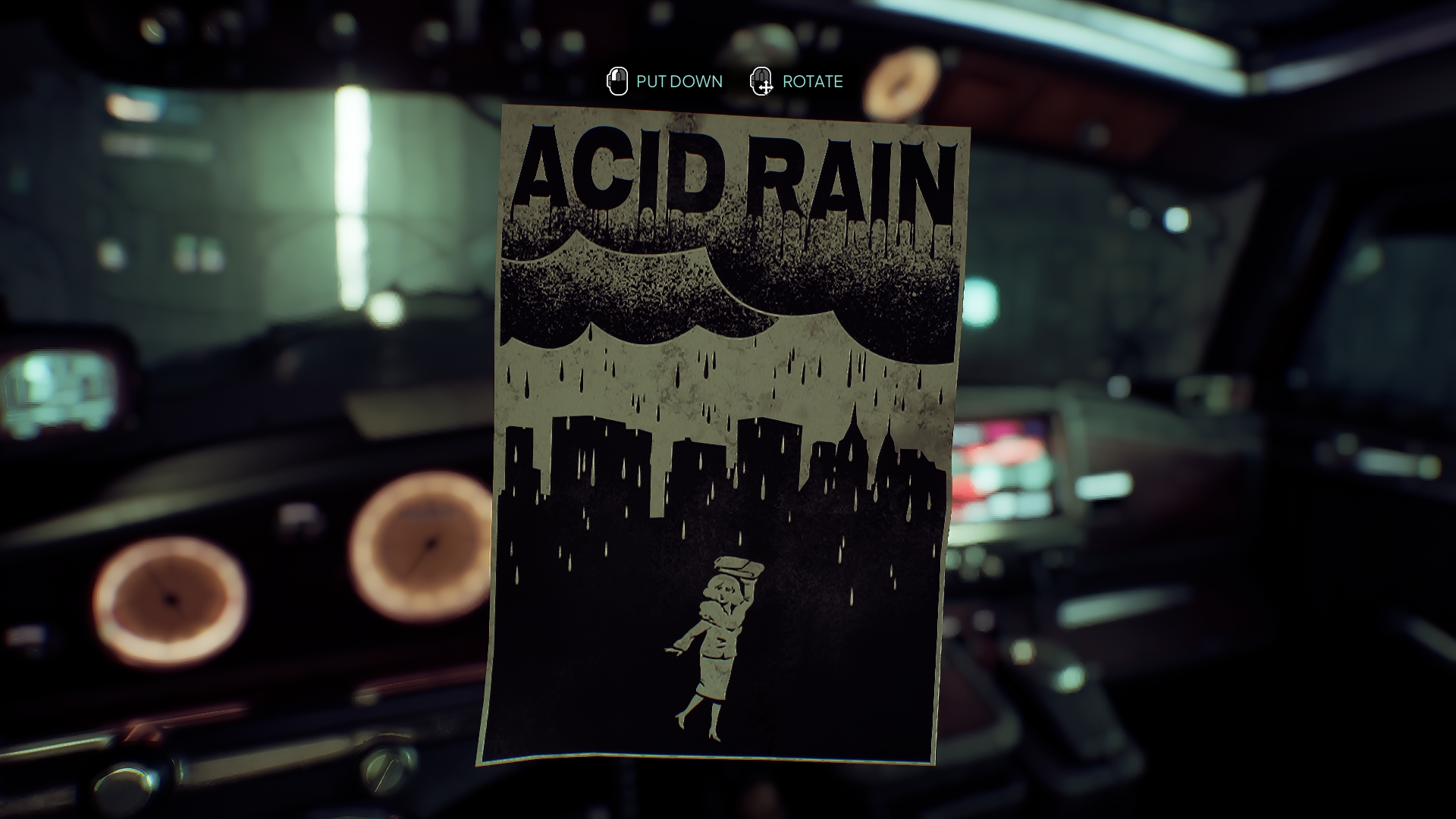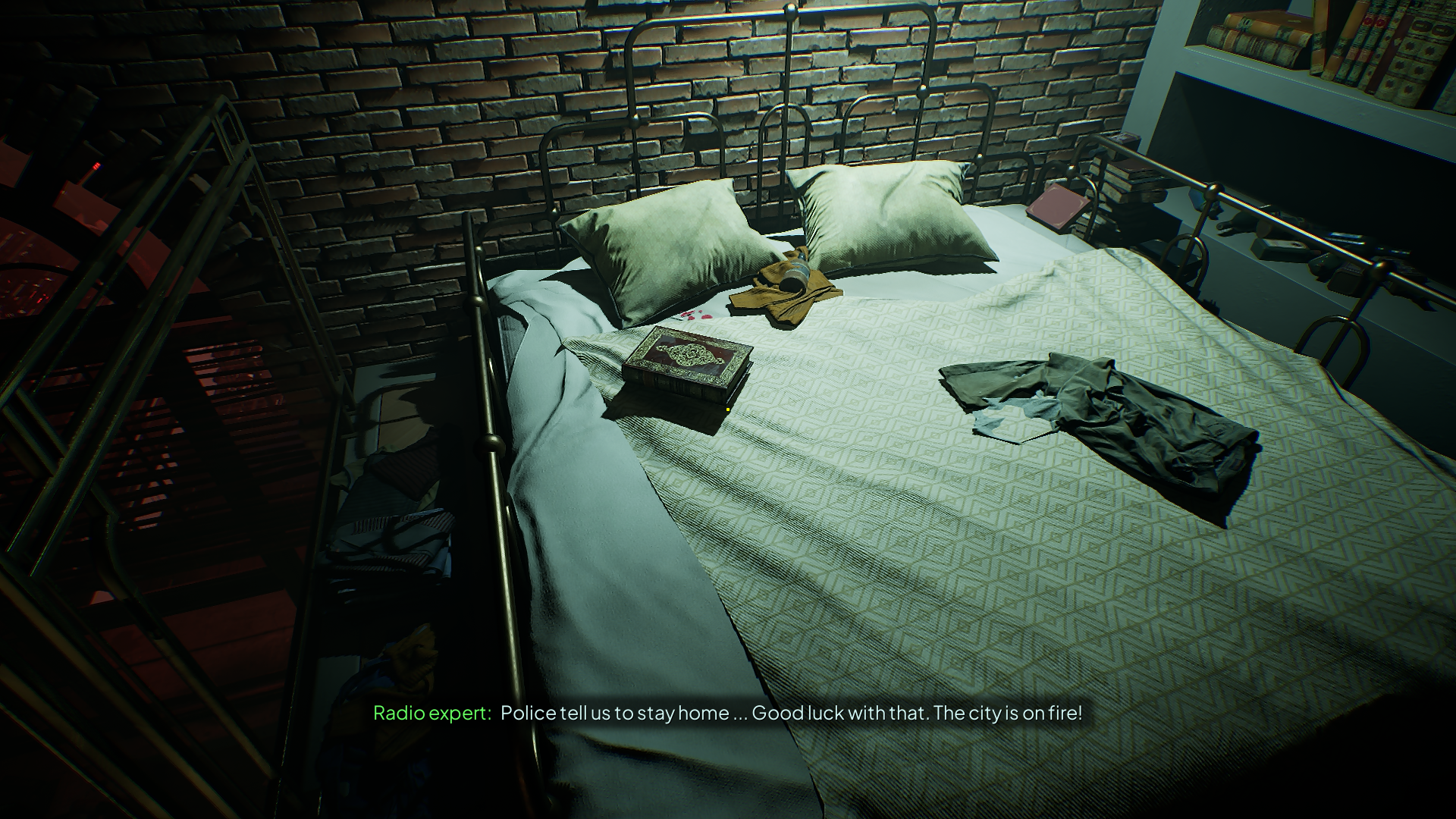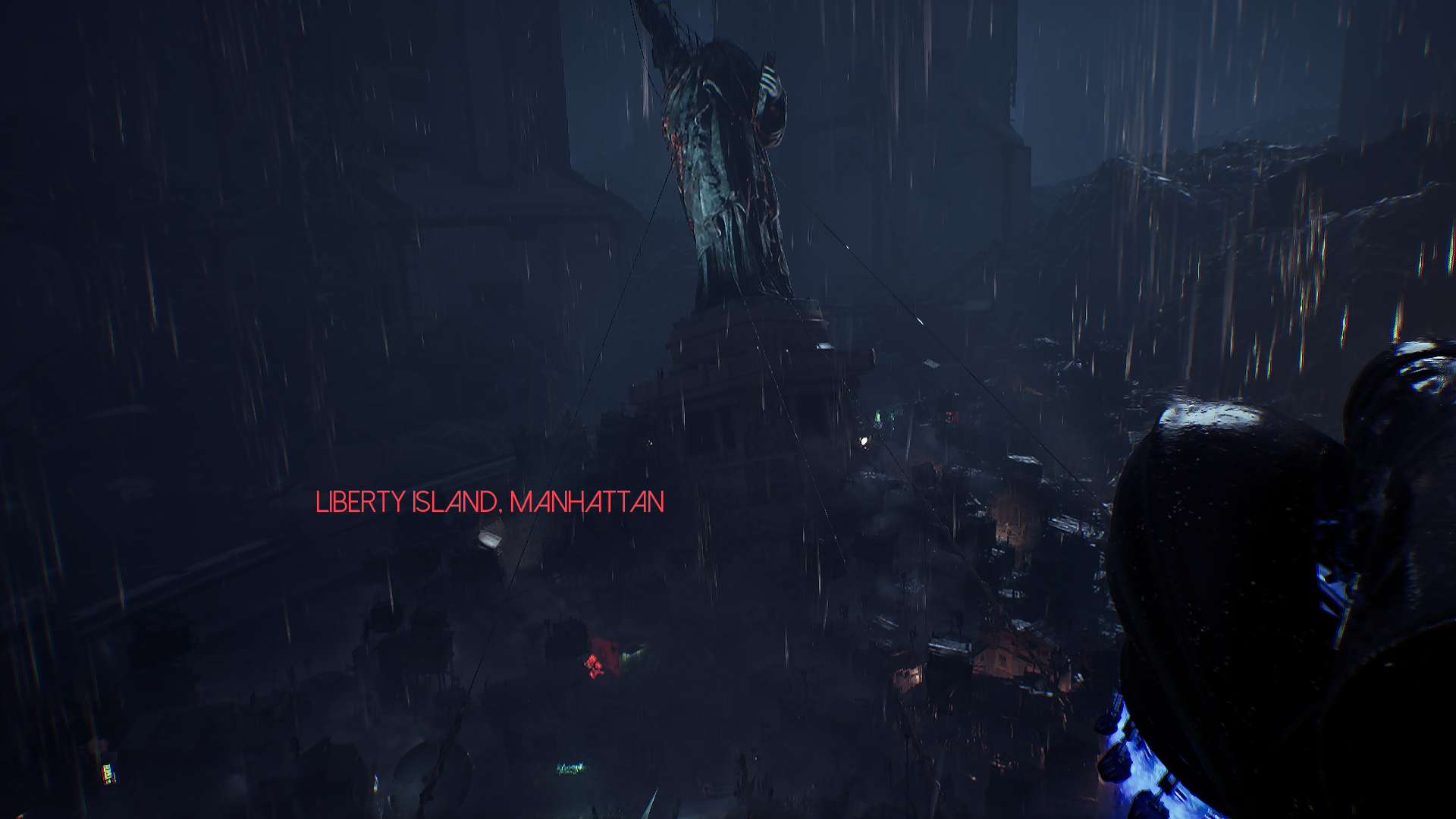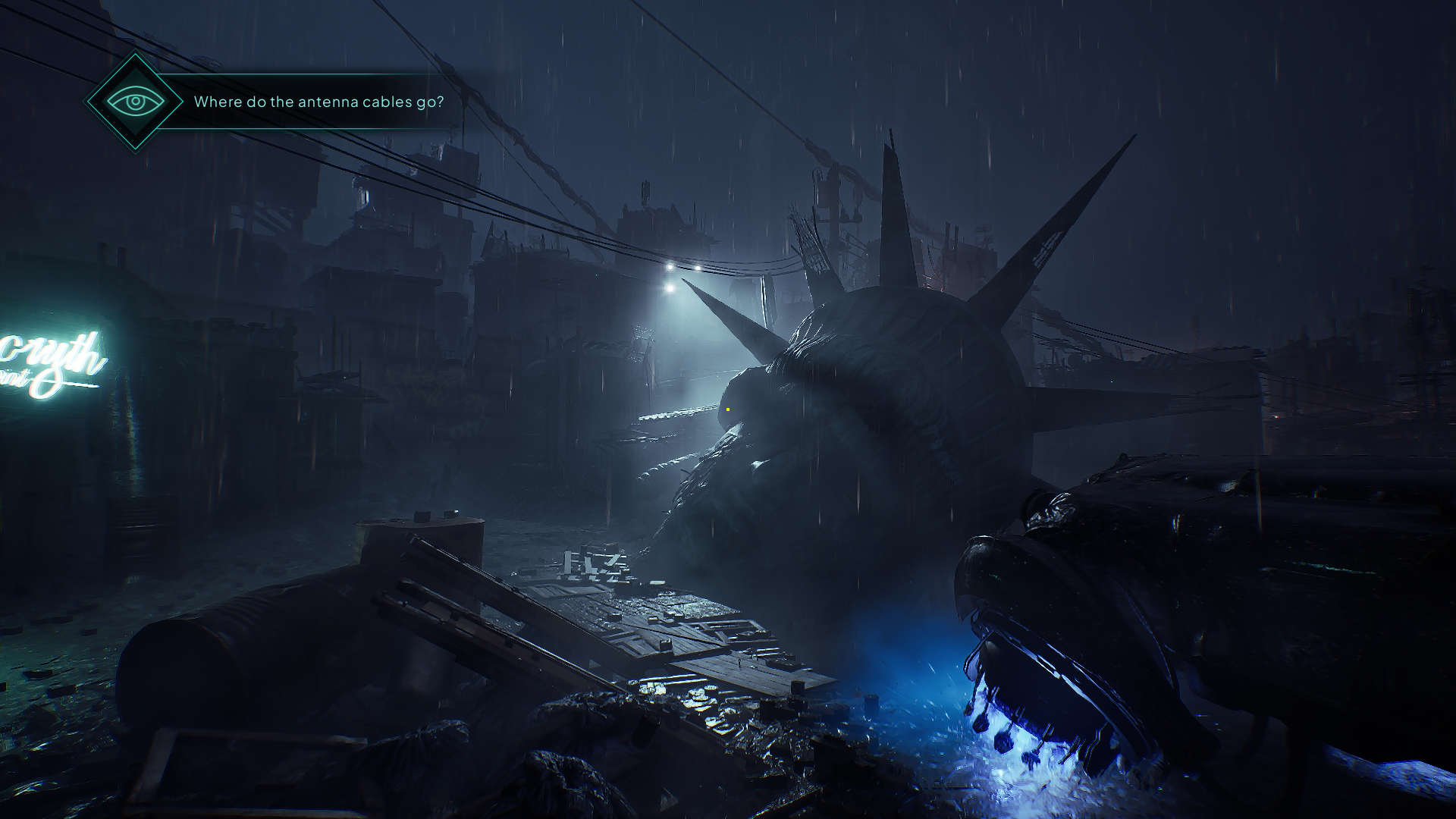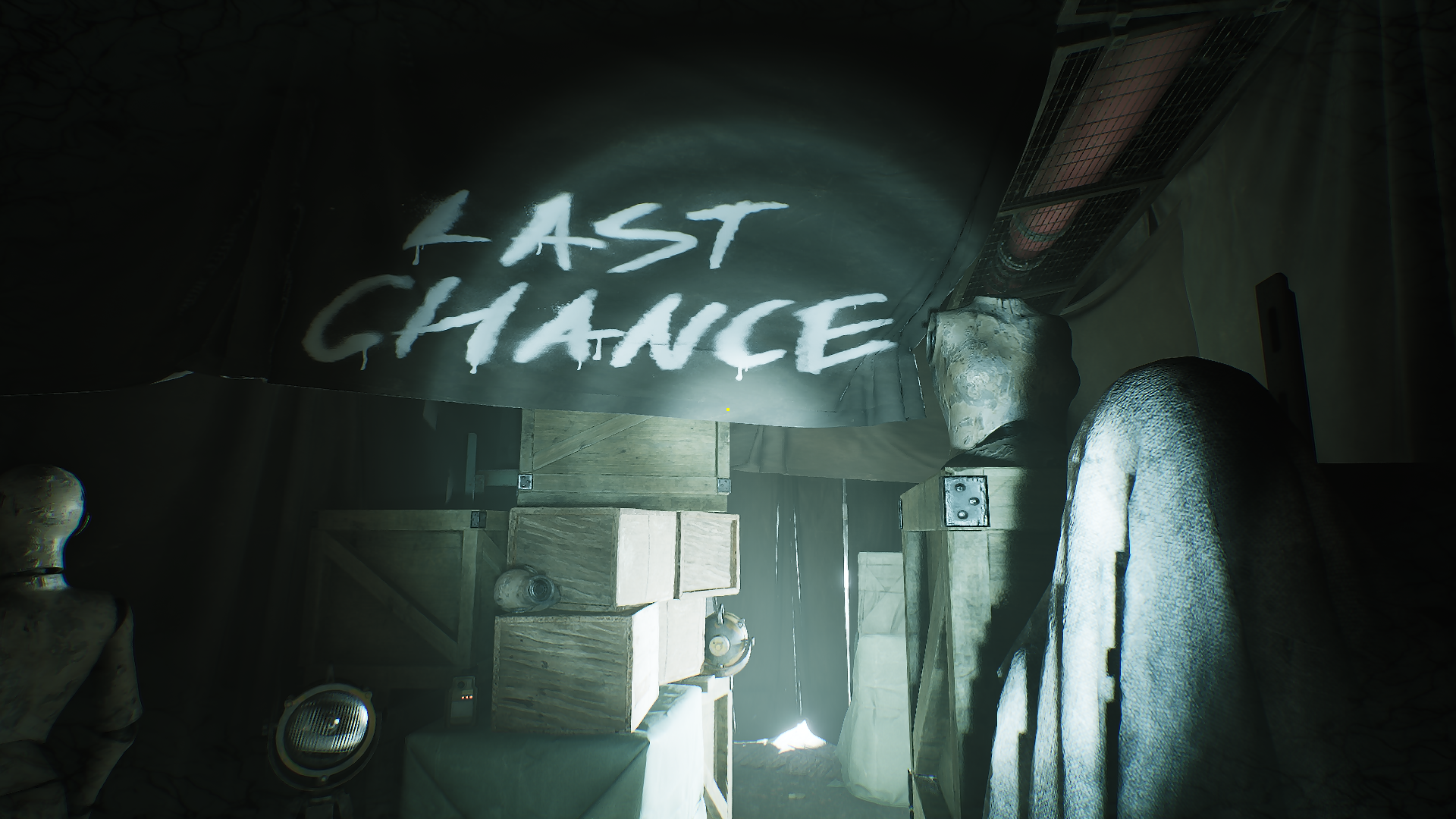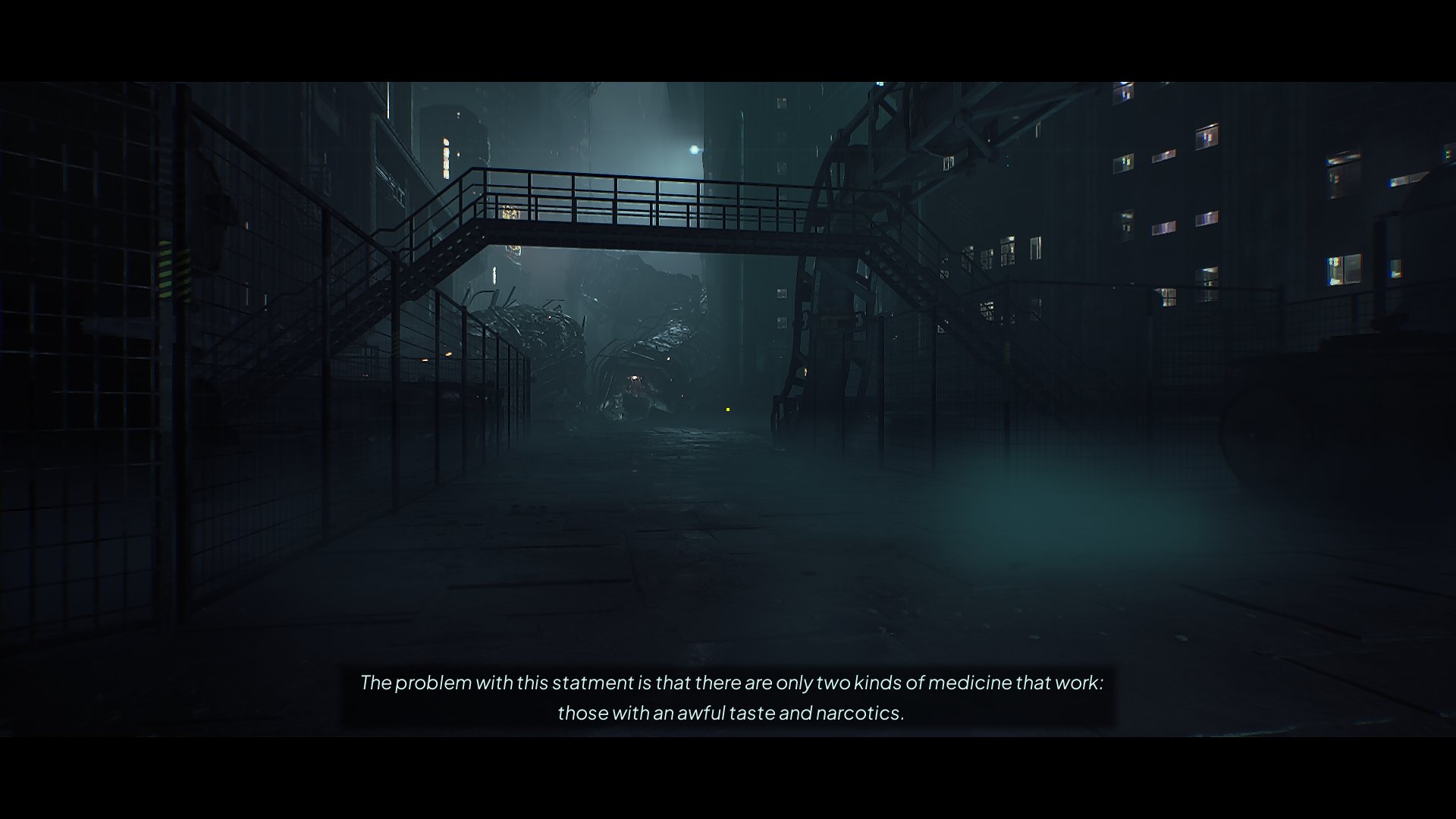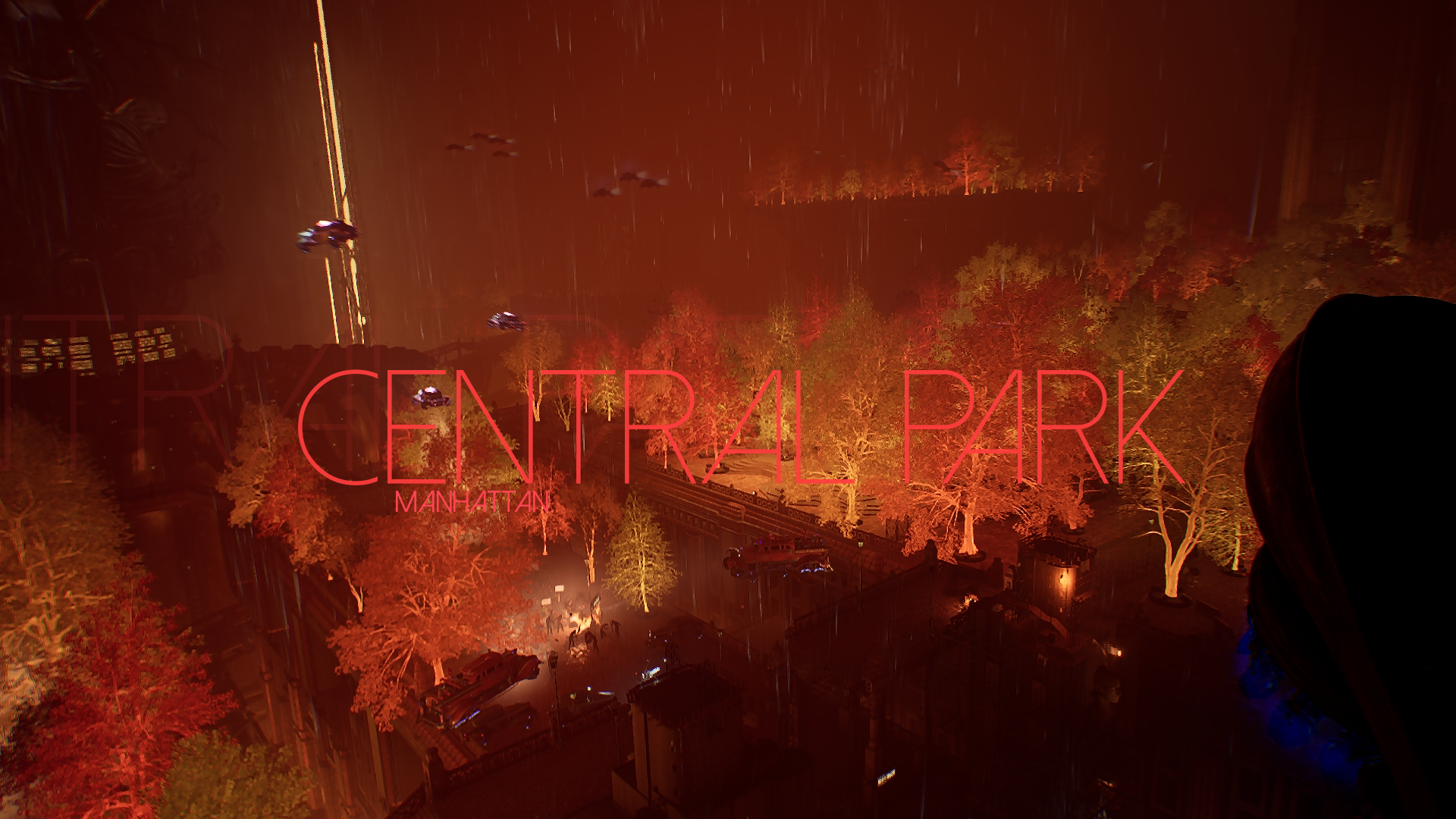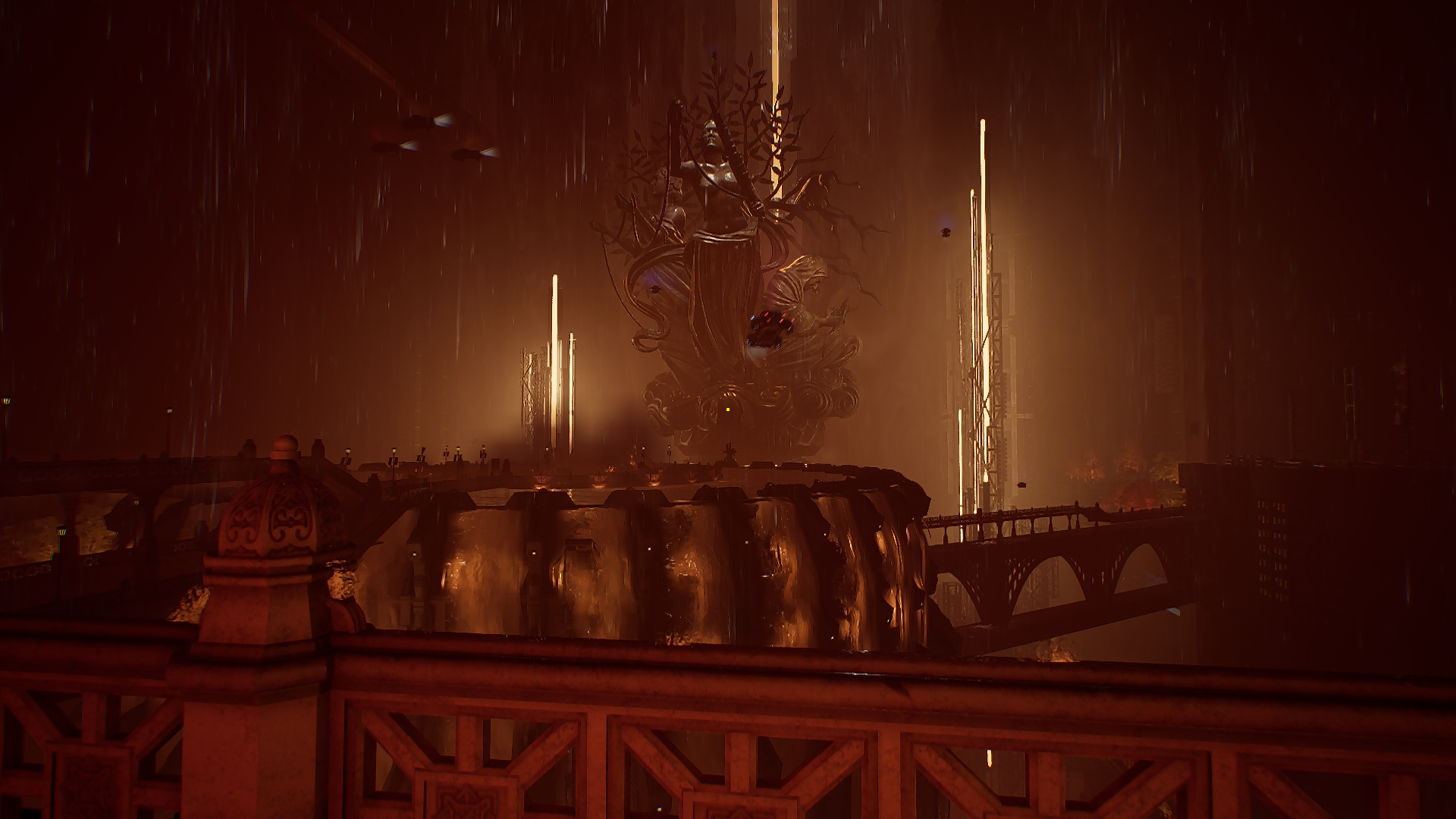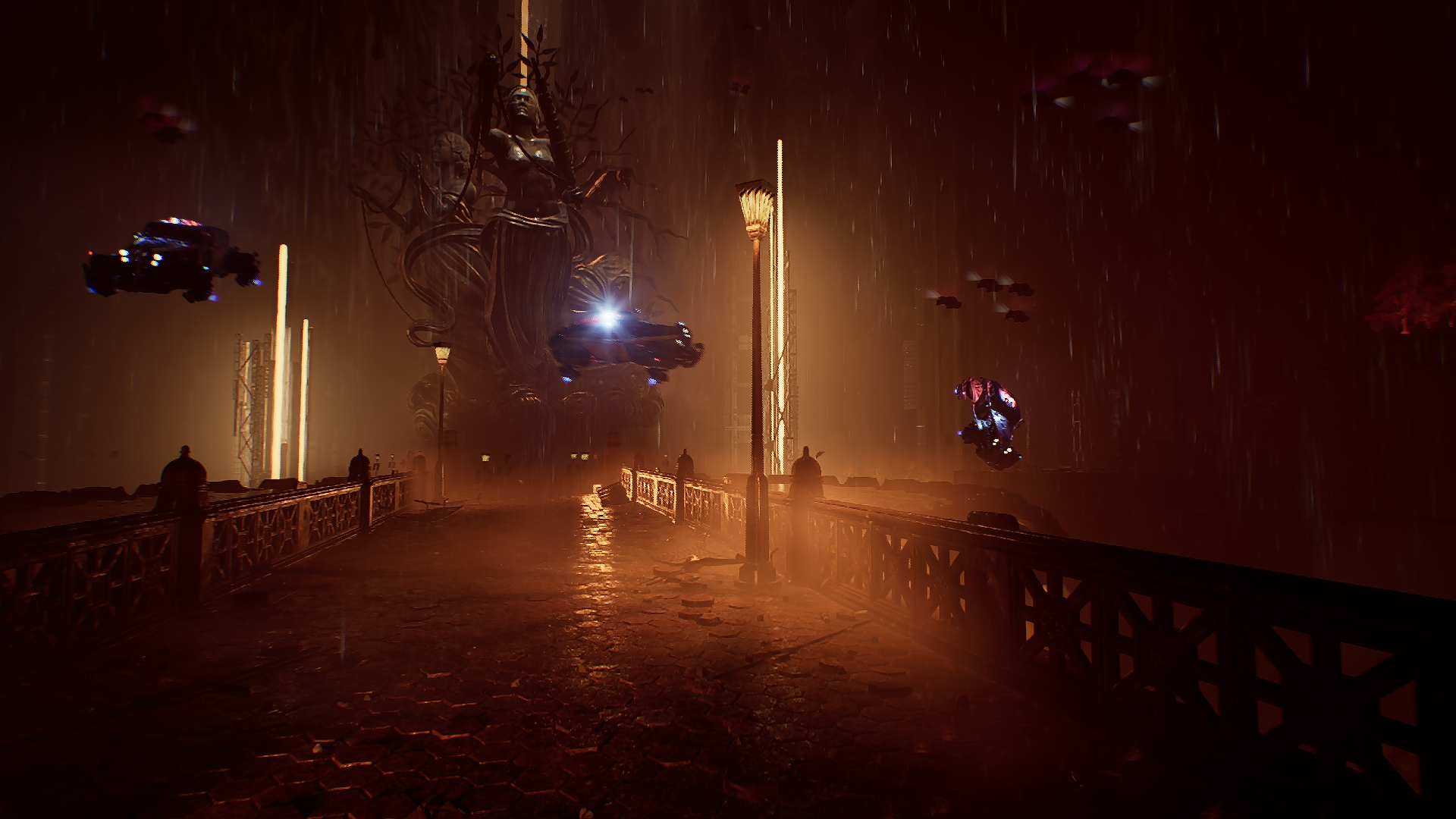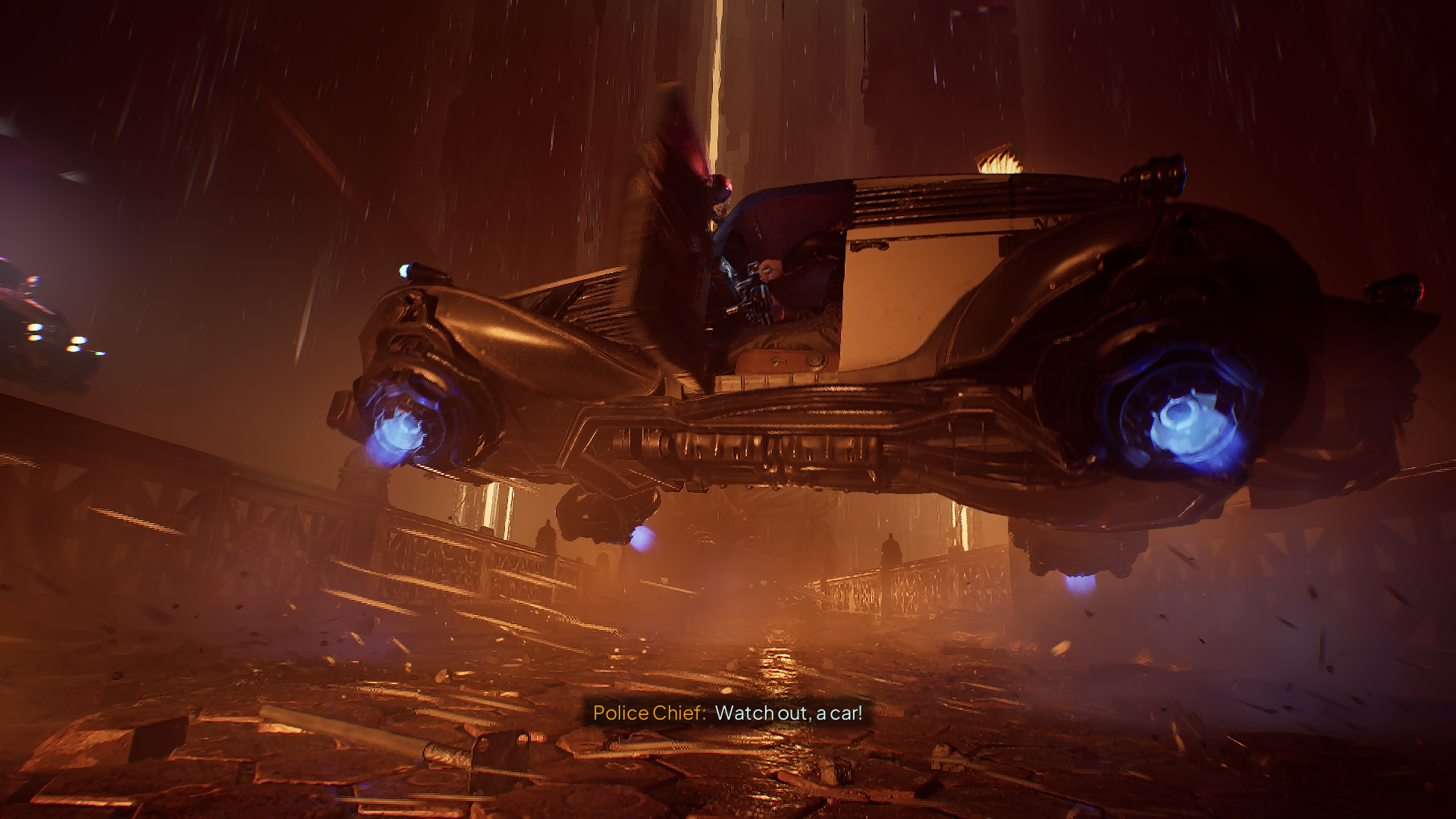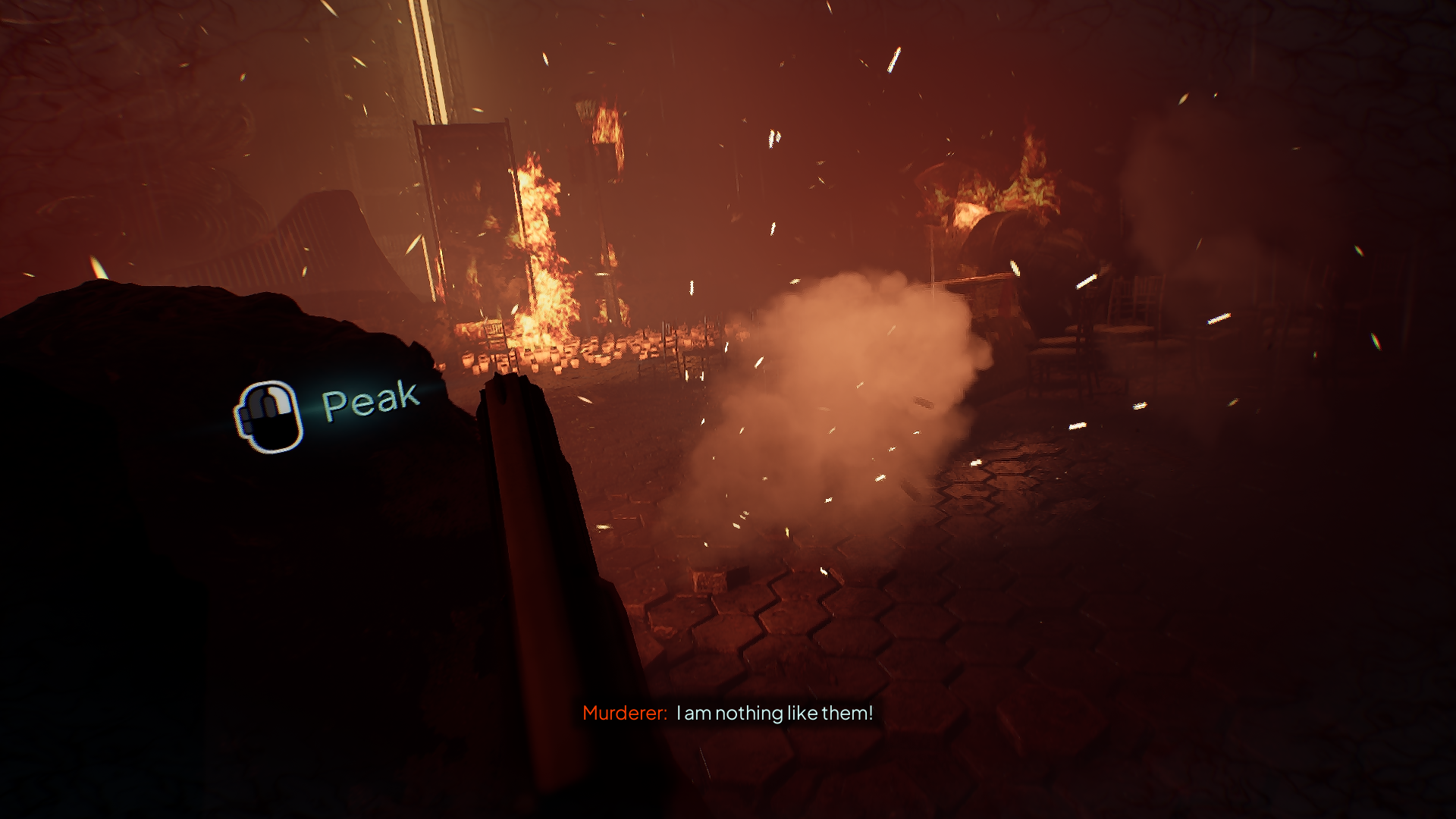It’s the year 2329. Technology has advanced, and a way to transfer human minds into other bodies has been discovered. Anyone with enough money can inhabit any body they desire and achieve immortality. In this world, we control police detective James Karra, who has lost his wife, Rachel.
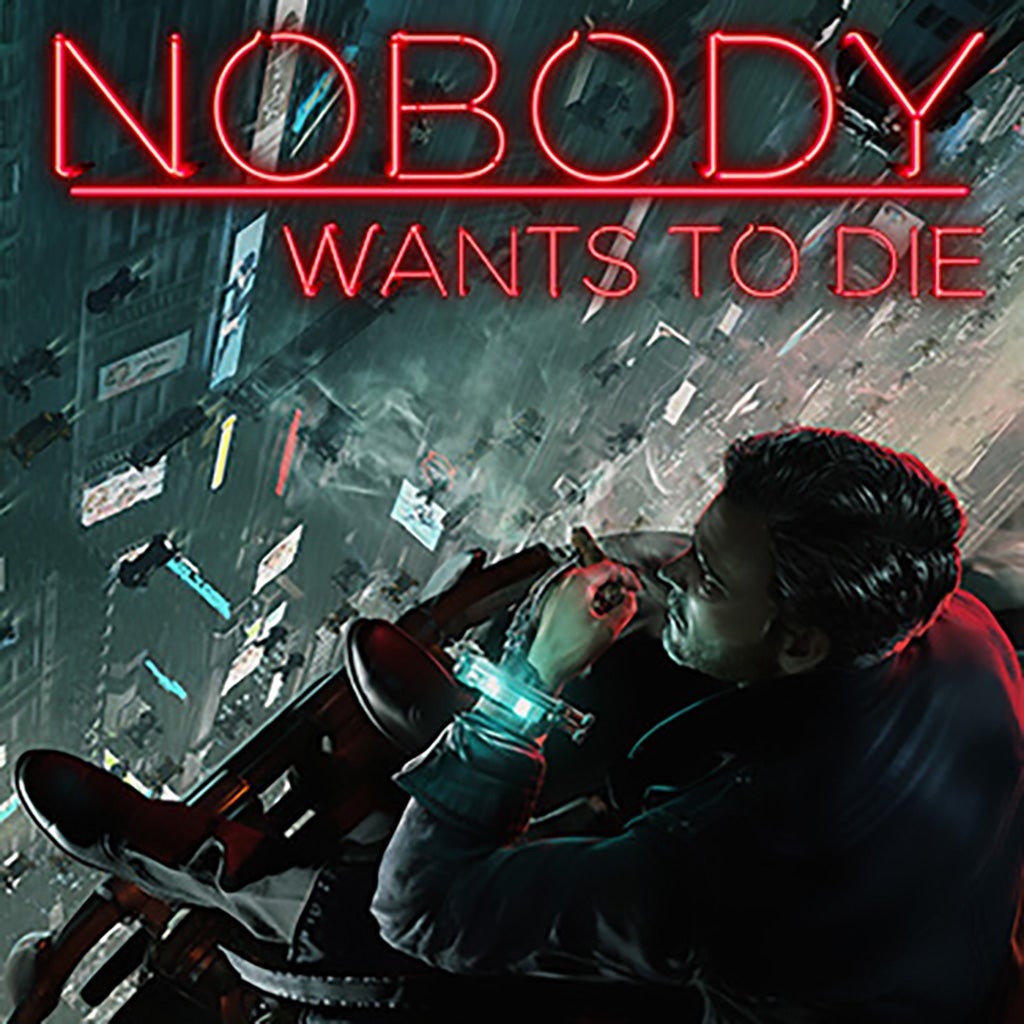
At its core, Nobody Wants to Die is a walking simulator with simple puzzles. As a detective, we try to uncover the truth behind various murders while dealing with the pain of our main character, James Karra, losing his wife Rachel. James hasn’t been able to move on from Rachel’s death and frequently experiences hallucinations of her.
Life ends. Even memories fade away. Nothing else will happen. We tried, I know. We were stupid. That would be wrong. We would be bad people. We really are. Because we’re still alive.
James, who died in an accident, has been transferred to a new body. Due to the side effects of mind transfer, he struggles to remember his past. He has great difficulty recalling how Rachel died and how he himself died. These struggles push him into a deep depression.
Gameplay
The game is essentially a walking simulator. The puzzles in the game are simply there for the player to interact with and learn the story. At crime scenes, you use your detective equipment to try and figure out what happened there.

The advancement of technology has given police new tools. In addition to X-Ray and UV cameras, we can move time forward or backward in a specific area. This time manipulation mechanic is at the core of the puzzle system. At first, we can only move a little in time, but as we find clues at the crime scene, we can go further back and forth. When we reach the stage where we can move back and forth throughout the entire event, we can see how it unfolded.
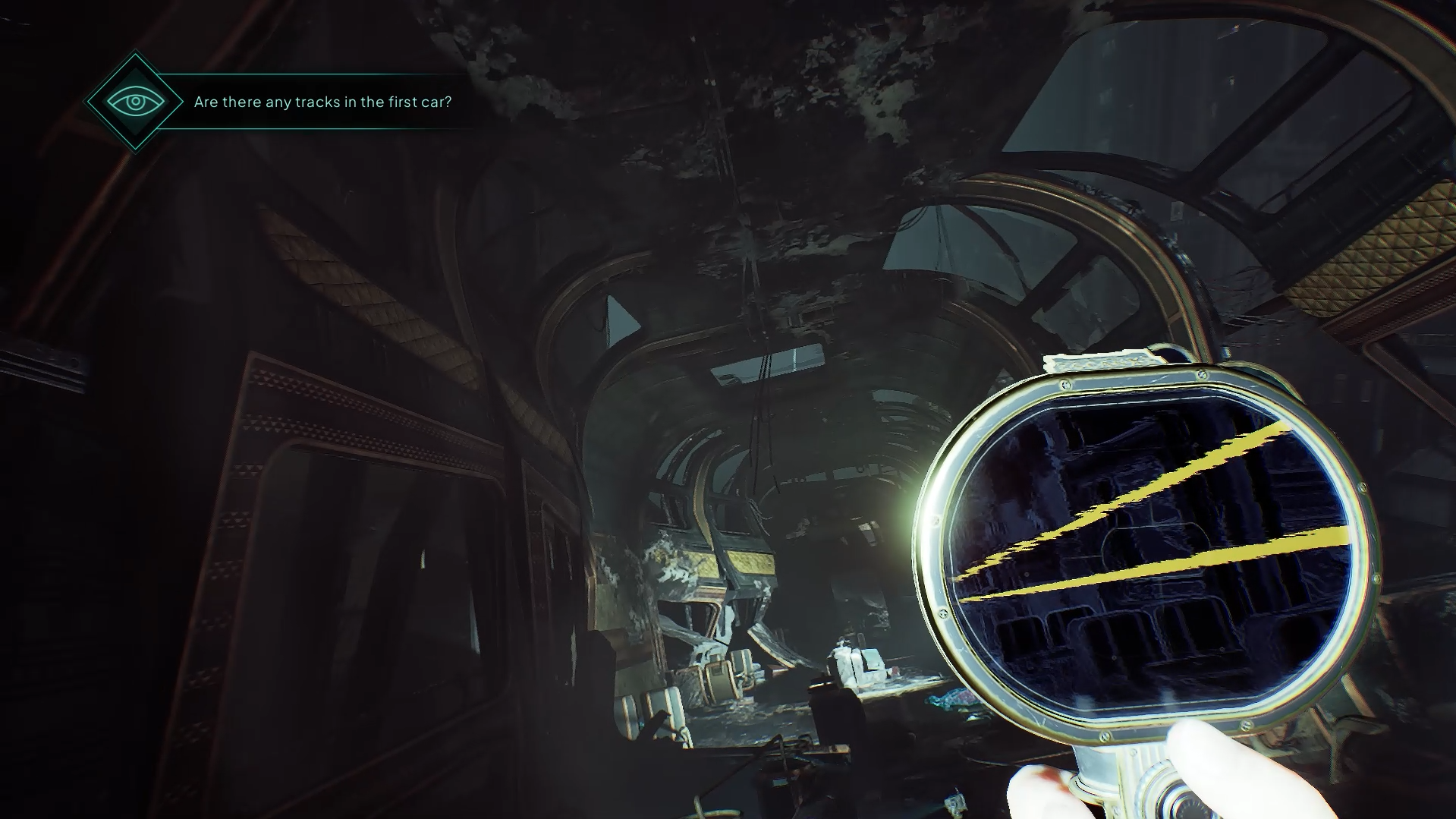
Using the X-Ray and UV cameras in the game is quite uncomfortable. A small screen opens in the bottom right, and you view through this screen. You struggle to move your character due to something that’s not in the center of your screen. This can be frustrating in some parts of the game.
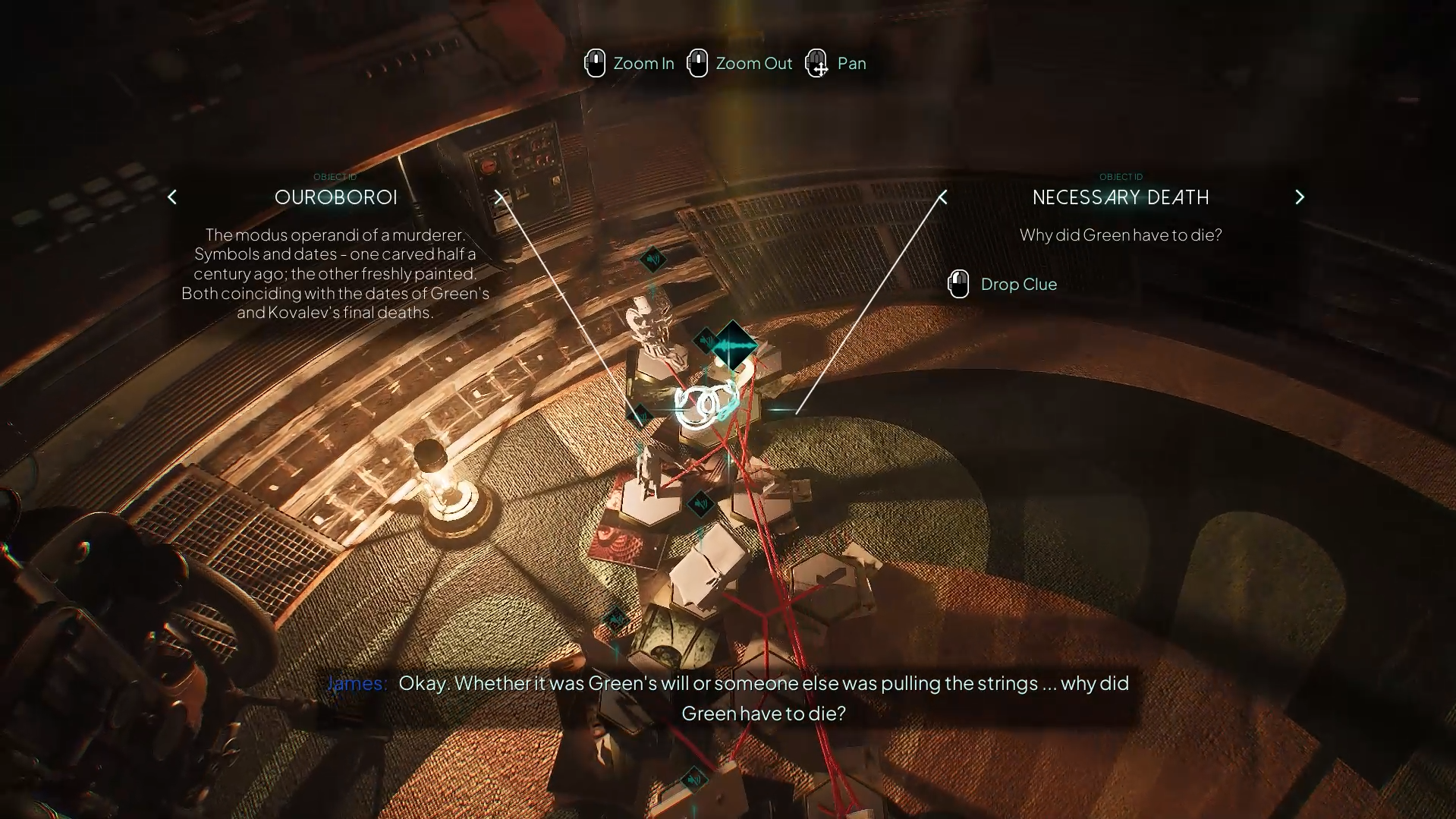
However, using the Reconstructor - the tool you use to move time back and forth - is quite enjoyable. You gradually examine an event you’ve only seen the result of, witnessing its occurrence. After collecting all the evidence at the scene, you go home and piece the evidence together. This is how you create a sequence of events. This section is quite tedious because you’ve already discovered these connections while collecting evidence and moving time back and forth. Dealing with the same thing again becomes boring.
Story
In a dystopian world, we embody a man who has lost his wife and died many times. While learning about our character James’s past along with him, we investigate a series of murders happening to the important figures who made our world possible.
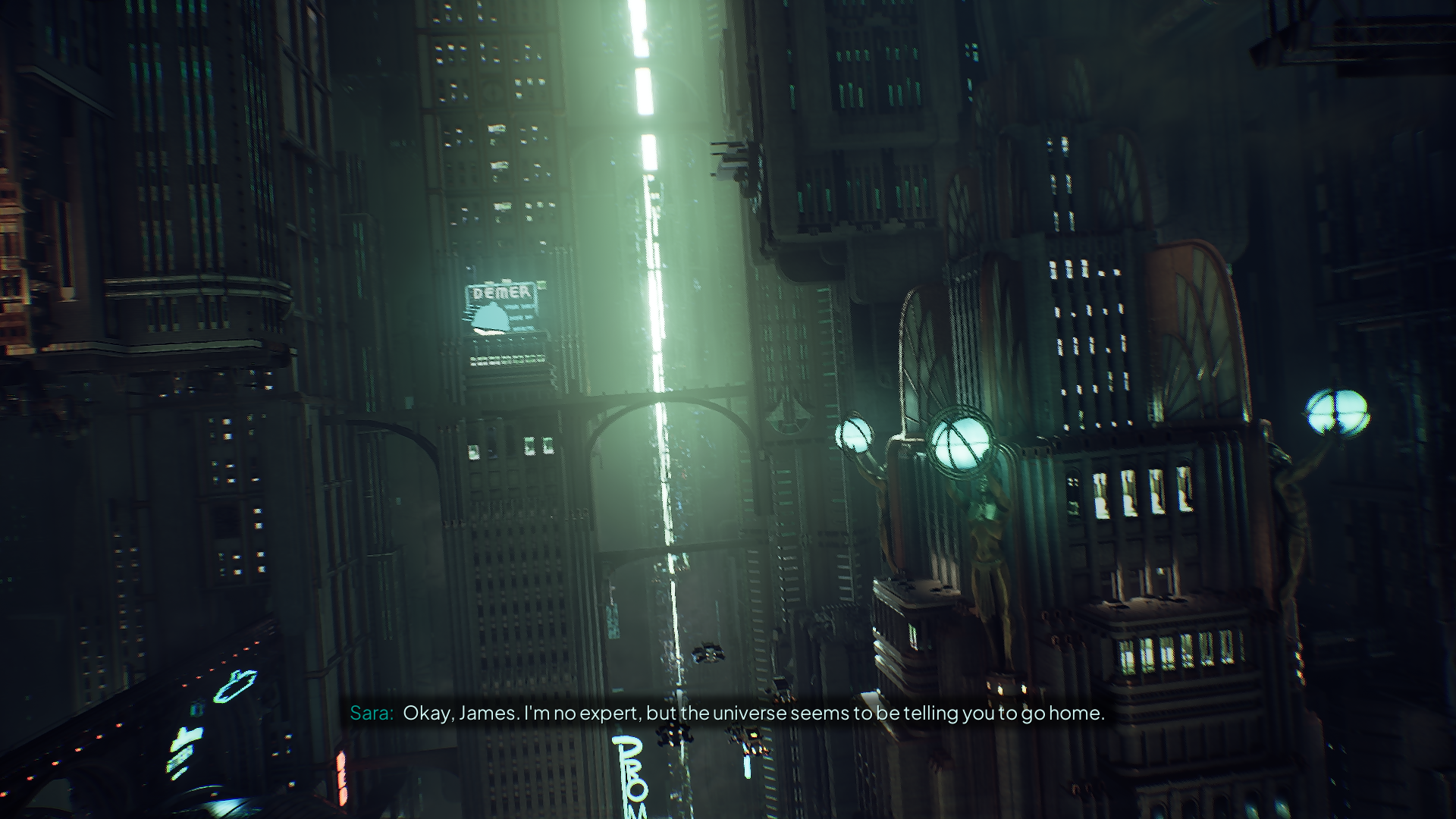
As we explore crime scenes, our colleague Sara helps us. At first, Sara seems like a character added just to keep our character from being silent, to have someone to talk to, but as the game progresses, she becomes more involved in the events.
We have many dialogue options in the game. Some of these choices affect the game’s finale. The game has four different endings, but three of them are very similar to each other. So we can consider it as having two endings. During many choices, the game tells you that this decision will affect the course of the game. However, only a few choices actually have an impact.
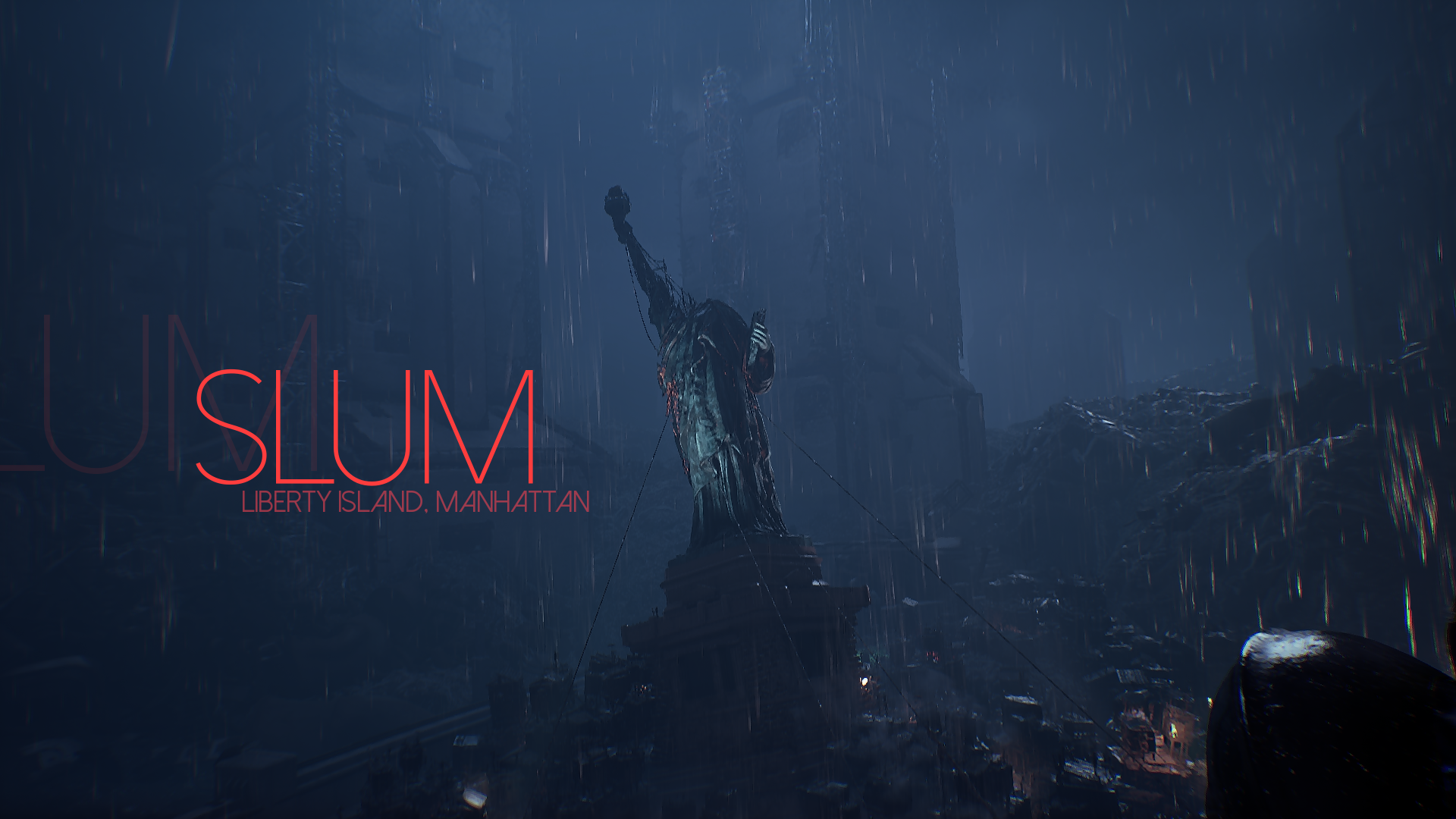
While the game’s story and plot progress nicely, everything goes off the rails as you approach the end of the game. It becomes difficult to follow what’s happening. The second half of the game is definitely rushed. You finish the game full of questions like “Who did what and why, who was this?”
Atmosphere and Graphics
The game looks amazing. The depiction of the dystopian world is perfect. Dark, endless skyscrapers, flying classic cars, it has its own unique world style. It presents you with an alternative future and does it very well. A world that darkens your insides as you look at it. I’m leaving some screenshots I took here:
The game’s atmosphere keeps you playing despite some of its problems. Although voice acting occasionally breaks the atmosphere, overall, the game’s atmosphere keeps you engaged. Don’t get me wrong, the voice acting isn’t bad. However, in some places, new lines have been added between dialogues, and these lines weren’t voiced with the same tone as the previous line. Imagine this: your character is speaking angrily. Suddenly, a calmly spoken sentence is inserted. Then he continues speaking angrily again. This situation somewhat breaks the game’s atmosphere.
Conclusion
An impressive world, an intriguing story (even if it goes off the rails towards the end), puzzles that keep you engaged in the game. Although the game has some issues, if you enjoy dystopias and cyberpunk worlds, I recommend playing Nobody Wants To Die. As long as you don’t have too high expectations from the game, it won’t disappoint you.

